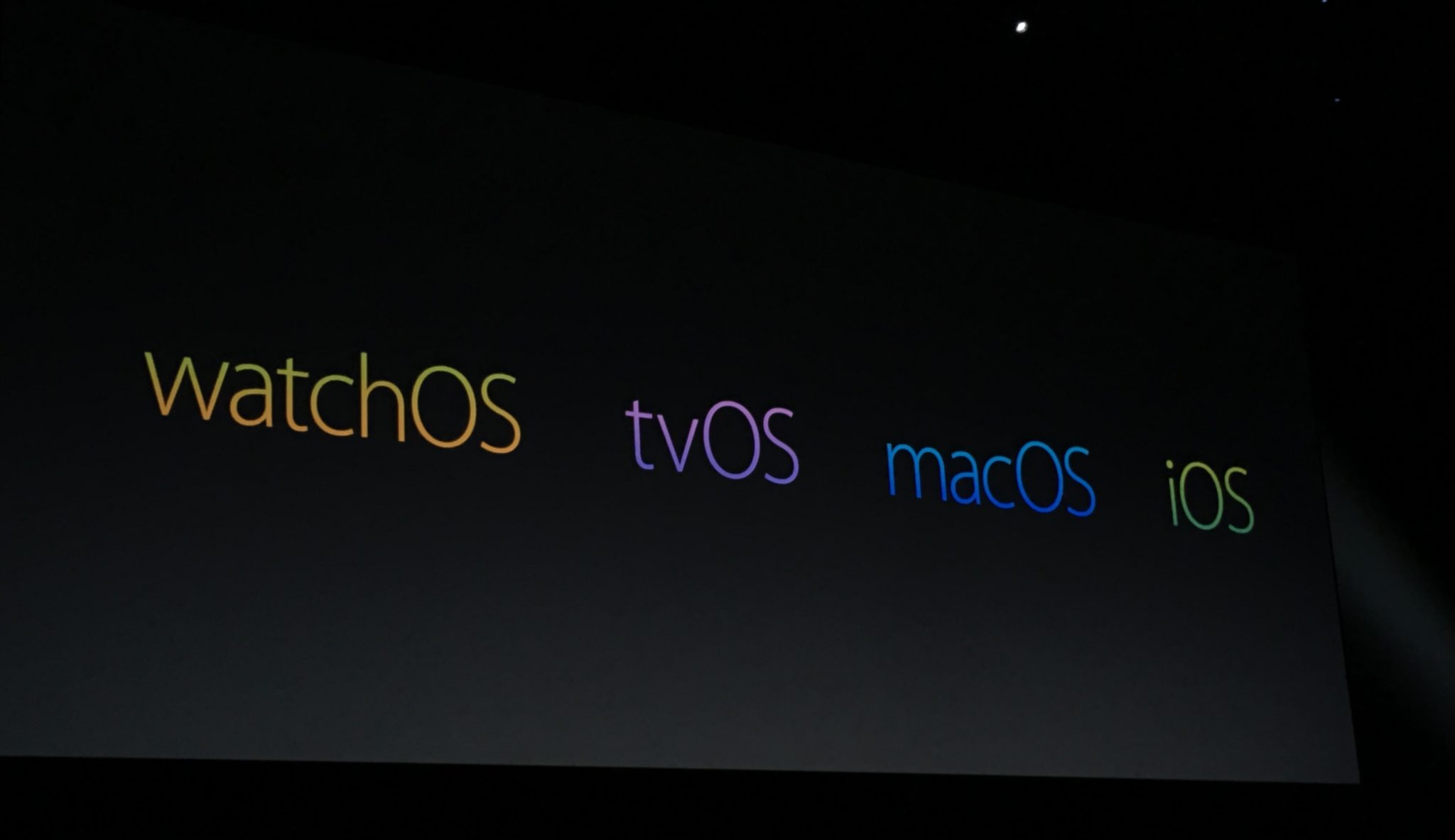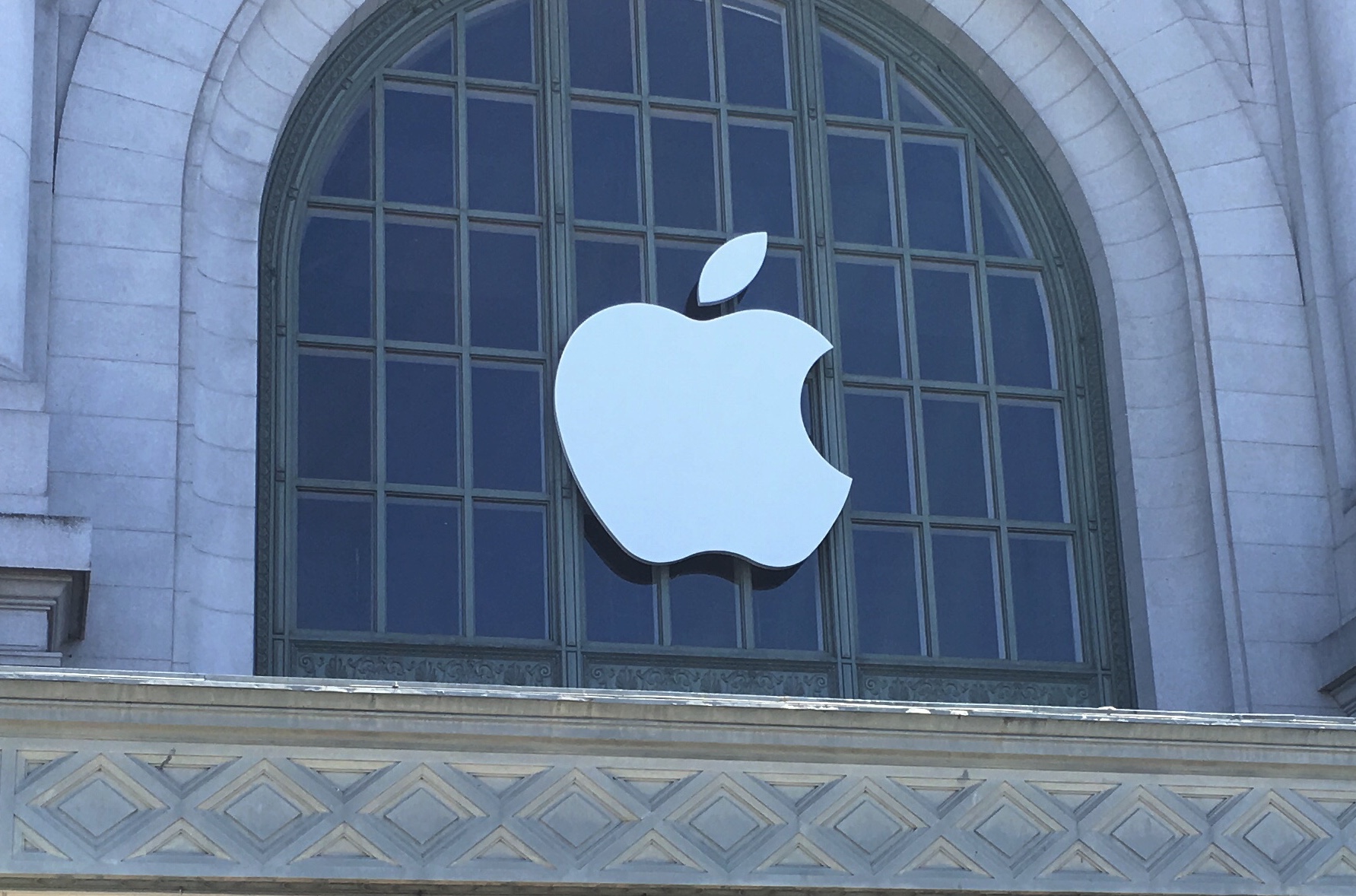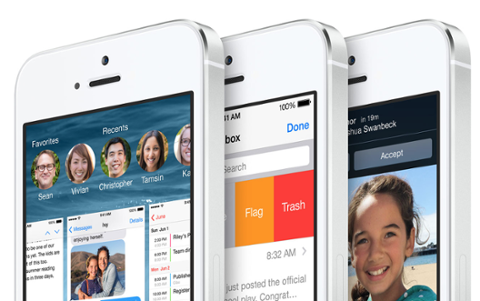[caption id="attachment_139520" align="aligncenter" width="2989"]

Apple Platforms[/caption] Apple’s
new file system, APFS, is coming to iPhones much sooner than expected. With a beta release of iOS 10.3, Apple is changing how its storage works. But what does that mean for us? APFS (acronymous for Apple File System; no, we don’t know where the rogue ‘P’ comes from, either) offers an upgrade over the existing standard, HFS+. That system is over 30 years old, and while it’s been updated over time...
it’s old. The new file system isn’t optional, either. In the release notes for iOS 10.3 beta, Apple encourages backups lest you want to lose data:
When you update to iOS 10.3, your iOS device will update its file system to Apple File System (APFS). This conversion preserves existing data on your device. However, as with any software update, it is recommended that you create a backup of your device before updating.
A problem with HFS+ (aside from
being old) was its tendency to duplicate files and information. Rather than ‘remember’ where a file was located and simply access it, HFS+ sometimes created two copies. Like the North, APFS remembers, and is clever enough to take new data written to a file and store it separately rather than duplicate the original via ‘cloning.’ Cloning allows a file to save often, and changes are represented as deltas of the original. If you were working on a presentation slide, the original would be the main file. Subsequent unsaved changes, like text blocks or images, would appreciate complimentary to the main file until it’s all saved. The new, saved slide, with all the added text, then becomes the original. APFS does this so changes aren’t lost, which is especially handy for collaboration. Pages has
a beta feature for collaborative editing, which will be best served with APFS. Rather than have disparate copies of files floating around, everyone can work from the same template, and changes are recorded instantly until saved. [caption id="attachment_139213" align="aligncenter" width="1783"]

Apple WWDC 2016[/caption]
APFS: Apple's Future is Now
Designed for SSD and Flash drives (read: non-spinning drives, though it will still work with mechanical drives, as well), APFS doesn’t require rigid partitioning. You
can partition drives, but they’re not static. If you have a 50GB drive with two 10GB partitions, the available ’free space’ for both drives would be 30GB: The open space is available to either or both partitions as needed. It's also 64-bit, and can support 9 quintillion files on a single volume. APFS also supports single-key or multi-key encryption with per-file keys, as well as a separate key for sensitive metadata. You can also choose to keep your drive insecure, but that’s just not smart. Snapshots, read-only save-points for your entire file system, are also available. It’s essentially Time Machine, but APFS makes it available for all devices. If you ran into problems with your iPhone, Apple Watch, Apple TV or Mac, you could just revert to a snapshot instead of having to do a hard reset and worry over when you backed up to iCloud last. All told, APFS achieves the trifecta of a great file system: low-latency, little memory overhead and strong encryption. It’s also going to be available for all Apple platforms and devices, and makes itself available to apps and services so they can take advantage, too. It may be the foundation for Apple’s next big push, too. Pages is the foundation for collaboration, while iCloud Drive’s file sync provides a glimpse at accessing your data anywhere, from any device. APFS will help it all happen almost instantaneously, too. At least that’s the idea. We still need to see it all in practice. Luckily, iPhones everywhere are already trying APFS out. If all goes according to Hoyle, APFS might be Apple’s unsung hero for the next 30 years.
 Apple Platforms[/caption] Apple’s new file system, APFS, is coming to iPhones much sooner than expected. With a beta release of iOS 10.3, Apple is changing how its storage works. But what does that mean for us? APFS (acronymous for Apple File System; no, we don’t know where the rogue ‘P’ comes from, either) offers an upgrade over the existing standard, HFS+. That system is over 30 years old, and while it’s been updated over time... it’s old. The new file system isn’t optional, either. In the release notes for iOS 10.3 beta, Apple encourages backups lest you want to lose data:
Apple Platforms[/caption] Apple’s new file system, APFS, is coming to iPhones much sooner than expected. With a beta release of iOS 10.3, Apple is changing how its storage works. But what does that mean for us? APFS (acronymous for Apple File System; no, we don’t know where the rogue ‘P’ comes from, either) offers an upgrade over the existing standard, HFS+. That system is over 30 years old, and while it’s been updated over time... it’s old. The new file system isn’t optional, either. In the release notes for iOS 10.3 beta, Apple encourages backups lest you want to lose data:
 Apple WWDC 2016[/caption]
Apple WWDC 2016[/caption]



